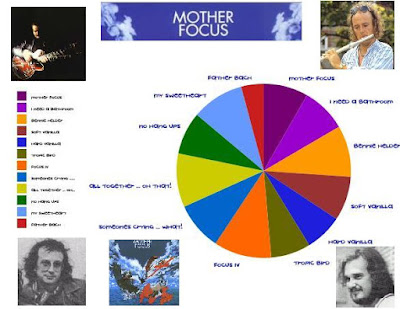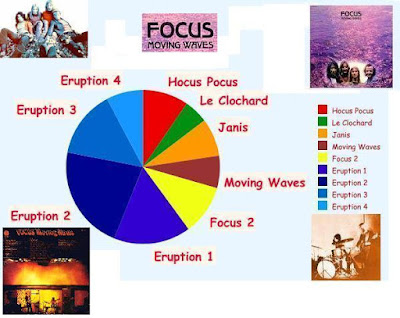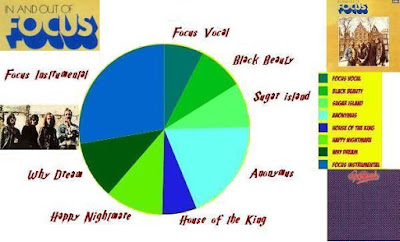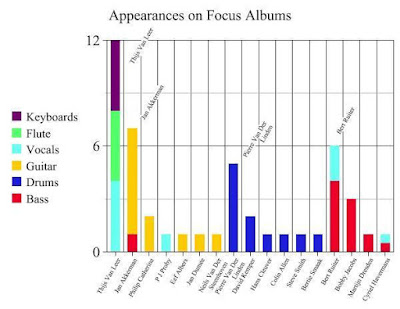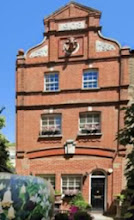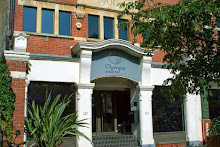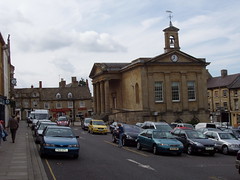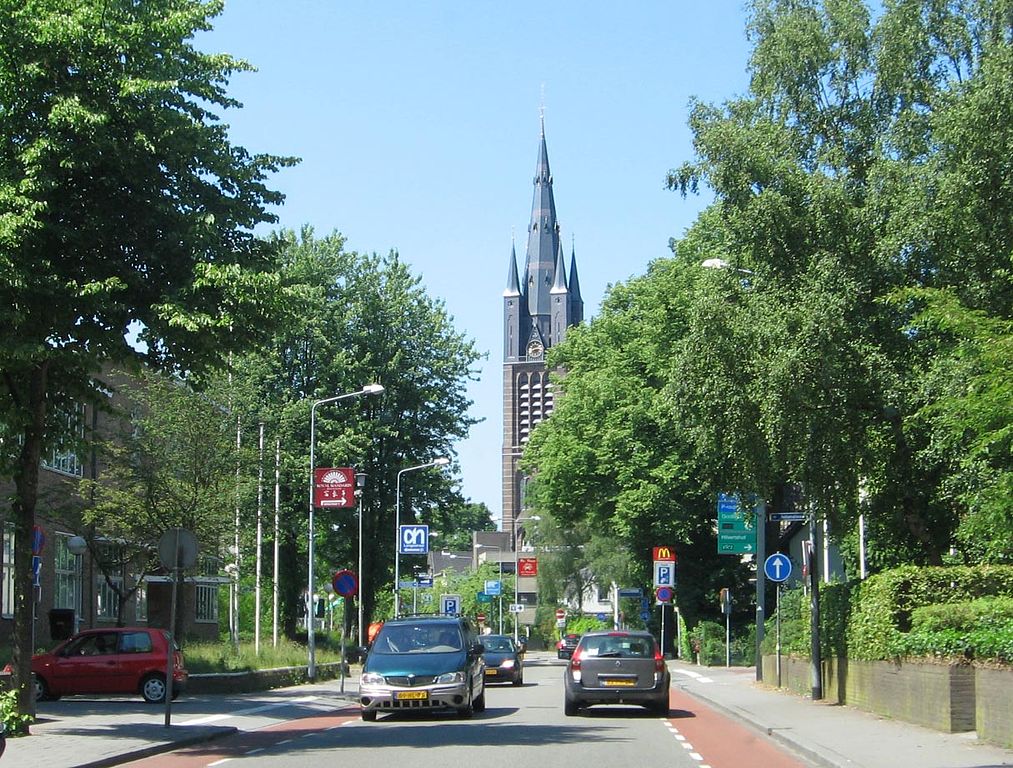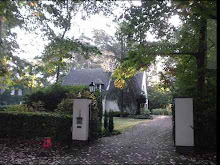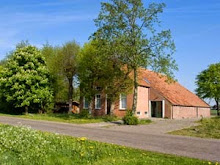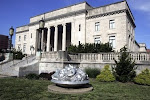
Looking at the music of Dutch rock band Focus, started in the late sixties by Thijs van Leer (b /31/03/48) with Jan Akkerman (b 24/12/46). Van Leer still performs and records under the name today (official site here). Akkerman's site here.
.
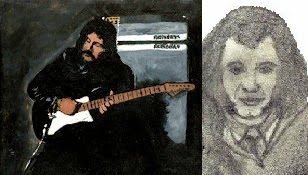
20080718
20080713
20080712
Track by track 68 Hocus Pocus (Live) BBC
Archive number: 68
Title: Hocus Pocus (Live)
ain Album: Live at the BBC
Track number: 9
Genre: Live Progressive Rock Instrumental
Venue: New Victoria Theatre, 17 Wilton Road, London SW1V 1LL (now Apollo Victoria)
Length: 5' 45”
Composer: Thijs van Leer/Jan Akkerman
Musicians: Philip Catherine - Electric guitars; Thijs van Leer – Electric piano, Mellotron, Vocal, Voice; Bert Ruiter – Bass; David Kemper – Drums
Producer: BBC
Engineer: BBC
Label: Hux Records
Date of recording/release: Recorded March 21 1976 but only released (on CD) June 1 2004
Alternative versions: There are many of these
Notes: This somewhat unusual rendition of Hocus Pocus is an encore. Philip Catherine had only been playing it around a month at the time so all the emphasis is on van Leer's antics. All the changes are rung, beginning, unusually, with a yodel and scream (00:00-00:16) then interleaving frenetic band work outs, followed by drum breaks, with a second yodel and scream (00:38-00:51), the strange voice and scream (01:14-01:26), a slightly extended yodel with a low then high voice (01:47-02:08), the flute (02:30-02:38), an extended yodel and scream (03:01-03:26), some whistling (03:47-04:08) and introductions (04:30-05:02) ending with “Thijs van Leeeeeeeer”. Then we have the final riff and close (05:03-05:34) with applause to close the album (05:35-05:45).
20080707
Track by track 67 Little Sister/What you see (Live)
Archive number: 67
Title: Little Sister/What you see (Live)
Main Album: Live at the BBC
Track number: 8
Genre: Live Cabaret Jazz Vocal/Live Jazz Funk Instrumental
Venue: New Victoria Theatre, 17 Wilton Road, London SW1V 1LL (now Apollo Victoria)
Length: 08' 18”
Composer: Thijs Van Leer/Roselie Peters
Musicians: Philip Catherine - Electric guitars; Thijs van Leer – Electric piano, Mellotron, Vocal, Voice; Bert Ruiter – Bass; David Kemper – Drums
Producer: BBC
Engineer: BBC
Label: Hux Records
Date of recording/release: Recorded March 21 1976 but only released (on CD) June 1 2004
Alternative versions: This track first appeared on van Leer's solo album O my love!
Notes: The quiet, wistful and undemanding vocal track is segued with the up tempo jazz funk instrumental. The vocal track is bounded by an introduction (00:00-01:04) and conclusion (03:11-03:36) the highly laid back vocal section taking up the rest of the time (1:05-03:10). The intro is very quiet, with keyboards and guitar only. After a brief silence (01:00-01:02) the high hat takes us into the slow and sparse band-backed vocal. The minimalist words are
Title: Little Sister/What you see (Live)
Main Album: Live at the BBC
Track number: 8
Genre: Live Cabaret Jazz Vocal/Live Jazz Funk Instrumental
Venue: New Victoria Theatre, 17 Wilton Road, London SW1V 1LL (now Apollo Victoria)
Length: 08' 18”
Composer: Thijs Van Leer/Roselie Peters
Musicians: Philip Catherine - Electric guitars; Thijs van Leer – Electric piano, Mellotron, Vocal, Voice; Bert Ruiter – Bass; David Kemper – Drums
Producer: BBC
Engineer: BBC
Label: Hux Records
Date of recording/release: Recorded March 21 1976 but only released (on CD) June 1 2004
Alternative versions: This track first appeared on van Leer's solo album O my love!
Notes: The quiet, wistful and undemanding vocal track is segued with the up tempo jazz funk instrumental. The vocal track is bounded by an introduction (00:00-01:04) and conclusion (03:11-03:36) the highly laid back vocal section taking up the rest of the time (1:05-03:10). The intro is very quiet, with keyboards and guitar only. After a brief silence (01:00-01:02) the high hat takes us into the slow and sparse band-backed vocal. The minimalist words are
I'll carry you, I'll carry you
Out into the land,
Go before dusk
Out into the land,
Go before dusk
My tears are made of diamond,
They are yours
They are yours
Little sister, do you know?
I have seen into the sky,
Oh how, how I am moved!
Oh how, how I am moved!
We end (03:11-03:36) with an atmospheric signing off on keyboards and guitar before the rumbling thunder of the following track begins. The bass and drums lead the build up on this next track (03:37-04:28). After a few funky false starts. the guitar then takes up the lead as the band continue the funk backing (04:29-05:25). Next van Leer, almost comically, uses his uncanny voice to take things on (05:27-05:53) breaking down briefly to give space to the piano (05:54-06:01) but taking things up again briefly (06:02-00:20). Finally Catherine's guitar comes in again to give a jazzy lead that suddenly crashes (06:43-06:47) and we have a reprise of Little Sister (using the second part) as the coda, dying out with the sound that introduced the second track (06:48-07:50). We then have half a minute of audience applause and a 'thank you very much' from van Leer yet again (07:51-08:18). During this time the band presumably leave the stage then quickly return for the encore.
Segue (from Wikipedia)
A segue is a transition from one topic or section to the next. The term is derived from Italian segue, which literally means "follows". In music, segue is a direction to the performer. It means continue (the next section) without a pause. The term attacca is used synonymously. For written music, it implies a transition from one section to the next without any break. In improvisation, it is often used for transitions created as a part of the performance, leading from one section to another.
In recorded music, a segue sometimes means a seamless change between one song and another, sometimes achieved through beatmatching, especially on dance and disco recordings. However, as noted by composer John Williams in the liner notes for his Star Wars soundtrack album, a series of musical ideas can be juxtaposed with no transitions whatsoever. Arrangements that involve or create the effect of a classical musical suite, may be used in many pieces or progressive rock recordings, but by definition, a segue does not involve a bridging transition - it is an abrupt change of musical idea. With breakless joins of the elements in his albums Frank Zappa made extensive use of the segue technique. This was first used in 1966 on Zappa's Freak Out! and a year later on the Beatles' Sgt Pepper's Lonely Hearts Club Band. Some album notations distinguish track listings through the use of symbols, such as a >, →, or / to indicate songs that flow seamlessly. The alternative rock band Failure separates these musical transitions into individual tracks, which are simply given numerical distinctions such as Segue 1. This system began with their 1996 album Fantastic Planet.
In live performance, a segue can occur during a jam session, where the improvisation of the end of one song progresses into a new song. Segues can even occur between groups of musicians during live performance. For example, as one band finishes its set, members of the following act replace members of the first band one by one, until a complete band swap occurs.
In audio/visual media, a segue is transition from a song, scene or topic to another one. A segue allows the disc jockey, director or show host to naturally proceed from one song or scene or topic to another without jarring the audience. A good segue makes the transition look natural and effortless.
Track by track 66 Angel WIngs (Live)
Archive number: 66
Title: Angel wings (Live)
Main Album: Live at the BBC
Track number: 7
Genre: Live Jazz Rock Instrumental
Venue: New Victoria Theatre, 17 Wilton Road, London SW1V 1LL (now Apollo Victoria)
Length: 05' 38”
Composer: Philip Catherine
Musicians: Philip Catherine - Electric guitars; Thijs van Leer – Electric piano Bert Ruiter – Bass; David Kemper – Drums
Producer: BBC
Engineer: BBC
Label: Hux Records
Date of recording/release: Recorded March 21 1976 but only released (on CD) June 1 2004
Alternative versions: This track first appeared on Catherine's effort with Jasper Van't Hof and Charlie Mariano Transitory by Pork Pie. An acoustic version can be found on his Moods Vol 1. A live Focus version appears on a later greatest hits album.
Notes: All begin together (00:00-00:07) except the drums, which come in a little later, as a melodic atmosphere of mystery is created. This is very much Catherine's track. He breaks in with his guitar to take up the lead at 00:48 and we are then treated to a feast of jazz rock guitar mastery (00:49-05:32) as he rings the changes on his own composition, ably backed by the band. Applause follows (05:33-05:38).
Title: Angel wings (Live)
Main Album: Live at the BBC
Track number: 7
Genre: Live Jazz Rock Instrumental
Venue: New Victoria Theatre, 17 Wilton Road, London SW1V 1LL (now Apollo Victoria)
Length: 05' 38”
Composer: Philip Catherine
Musicians: Philip Catherine - Electric guitars; Thijs van Leer – Electric piano Bert Ruiter – Bass; David Kemper – Drums
Producer: BBC
Engineer: BBC
Label: Hux Records
Date of recording/release: Recorded March 21 1976 but only released (on CD) June 1 2004
Alternative versions: This track first appeared on Catherine's effort with Jasper Van't Hof and Charlie Mariano Transitory by Pork Pie. An acoustic version can be found on his Moods Vol 1. A live Focus version appears on a later greatest hits album.
Notes: All begin together (00:00-00:07) except the drums, which come in a little later, as a melodic atmosphere of mystery is created. This is very much Catherine's track. He breaks in with his guitar to take up the lead at 00:48 and we are then treated to a feast of jazz rock guitar mastery (00:49-05:32) as he rings the changes on his own composition, ably backed by the band. Applause follows (05:33-05:38).
Subscribe to:
Posts (Atom)

